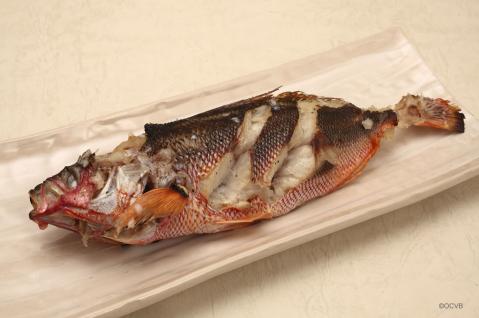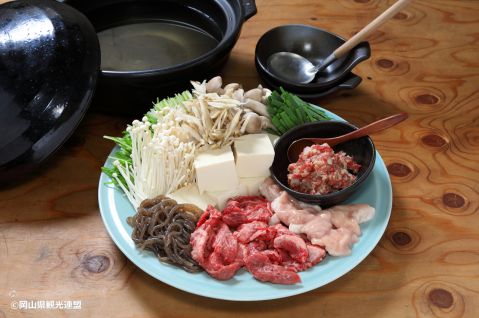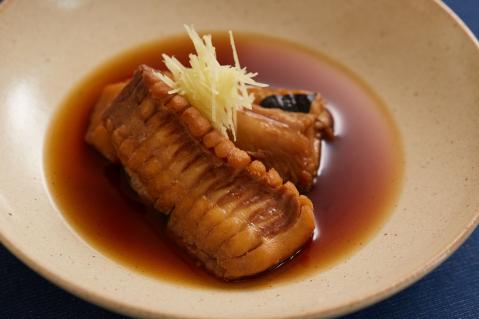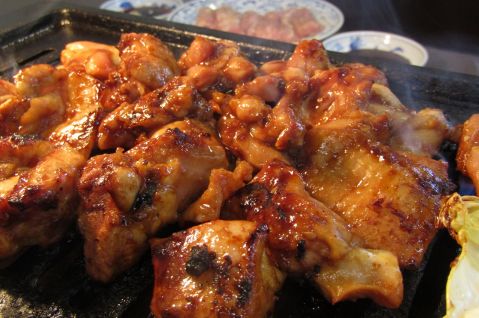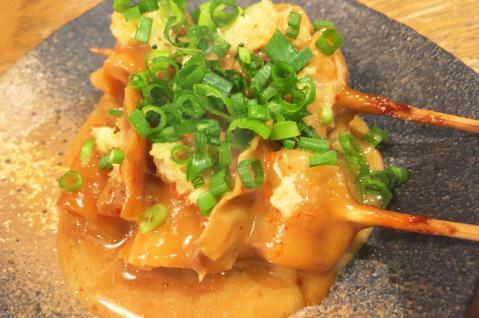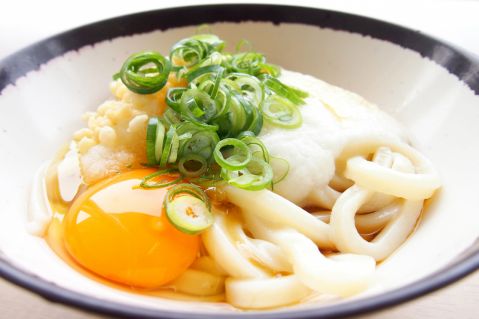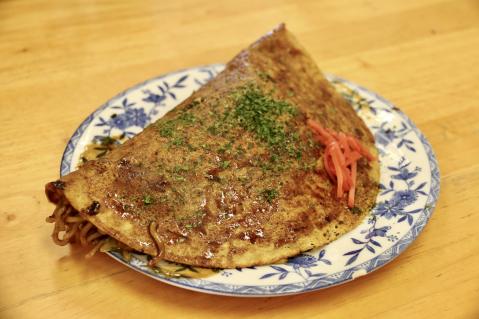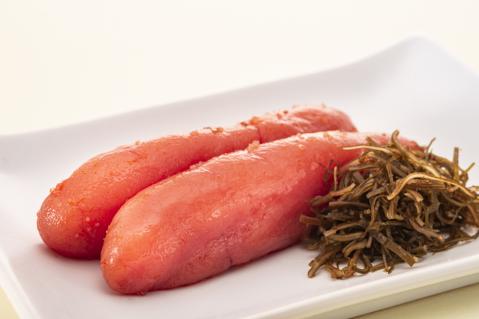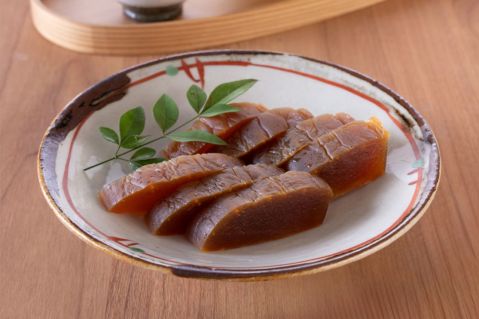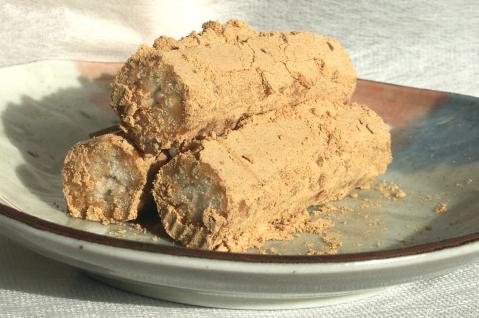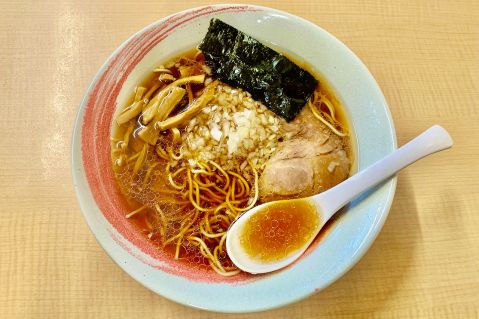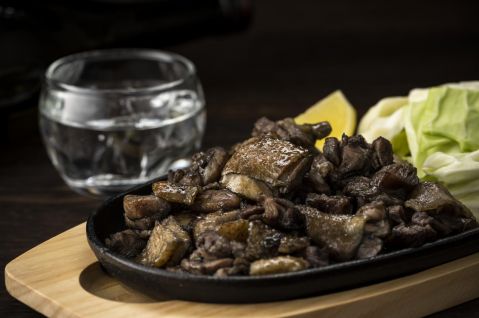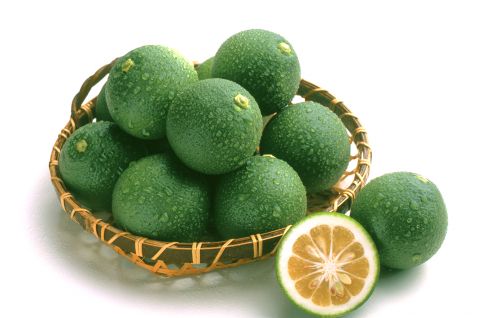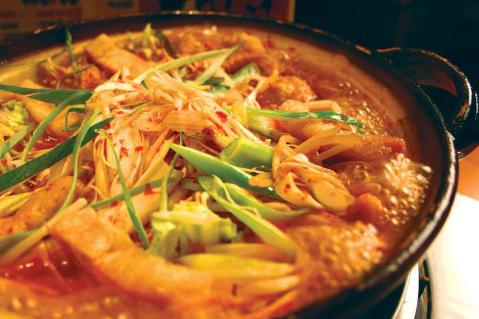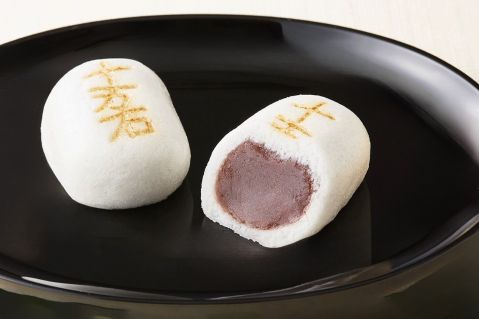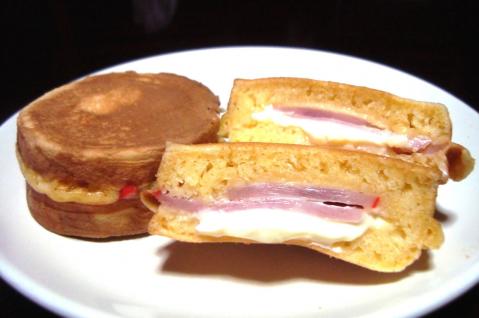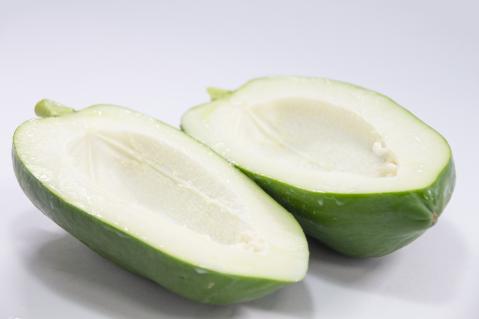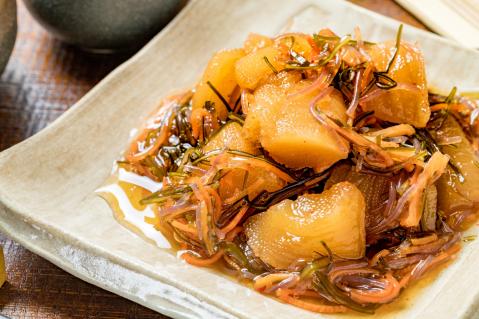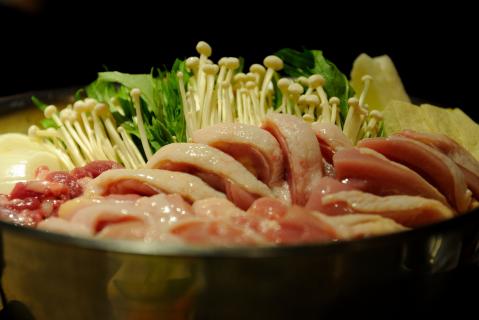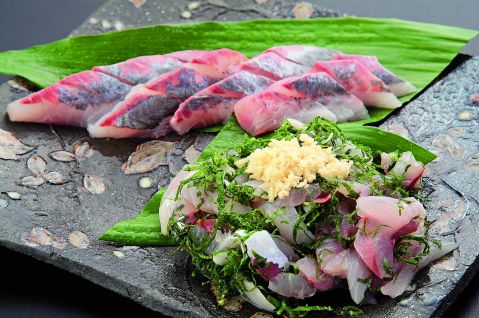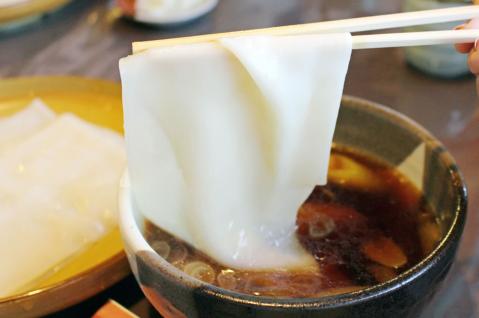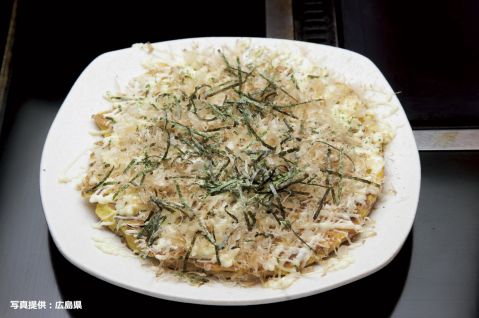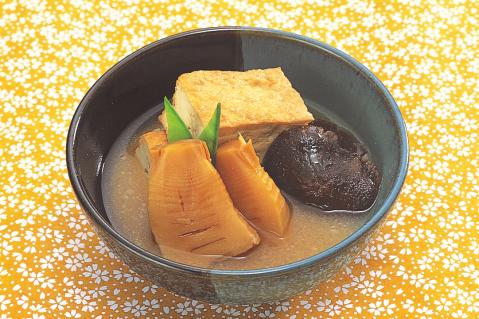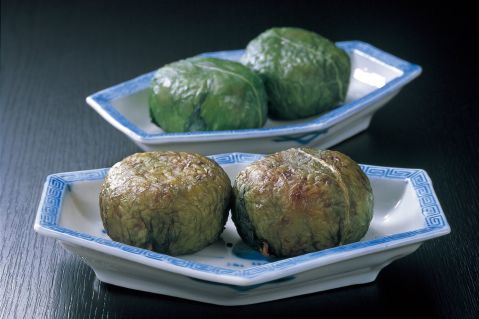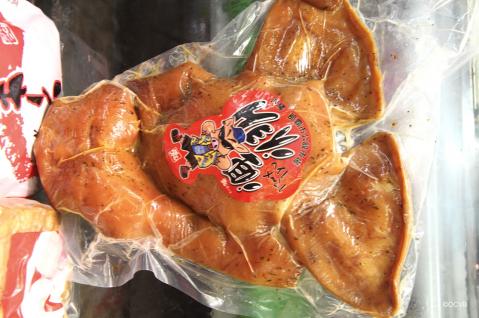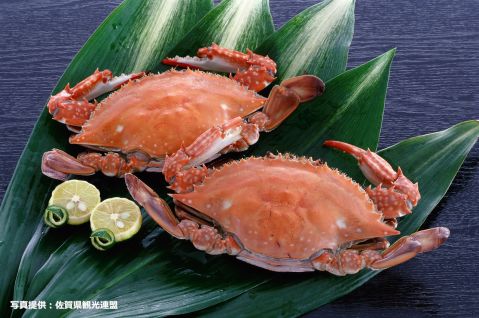Access Rankings
Fried Gurukun
Fried Gurukun (グルクンの唐揚げ, Gurukun no Karaage) is a beloved traditional dish of Okinawa, made using Gurukun, the prefectural fish of Okinawa, also known as "Takasago" in J...
Sozuri Nabe
Sozuri Nabe (そずり鍋, Sozuri nabe) is a traditional hot pot dish cherished for generations in Tsuyama City, Okayama Prefecture. Its hallmark ingredient is "sozuri meat," which ...
Braised Skate
Braised Skate (カスベの煮付け, Kasube no Nitsuke) is a traditional winter dish often prepared in households. The word "Kasube" is a local Hokkaido term for "skate," a type of ca...
Matsusaka Grilled Chicken
When it comes to Matsusaka City in Mie Prefecture, the world-famous Matsusaka beef naturally comes to mind. However, “Matsusaka Grilled Chicken” (松阪鶏焼き肉, Matsusaka toriyak...
Kamatama Udon
Kamatama Udon (釜玉うどん, Kamadama udon) is a popular variation of Sanuki udon, the famous noodle dish from Kagawa Prefecture. This dish features freshly boiled udon noodles...
Harako Meshi
Harako Meshi (はらこ飯, Harako Meshi) is a beloved autumn specialty from Watari Town in Miyagi Prefecture. This dish consists of rice cooked in savory salmon broth, topped gener...
Hakata Mentaiko
Hakata Mentaiko (博多明太子, Hakata mentaiko) is one of Fukuoka's most famous specialties. It is made by fermenting pollock roe with a blend of chili pepper, salt, sesame, and g...
Nara Zuke
Nara Zuke (奈良漬, Nara zuke) is a traditional fermented delicacy that originated in Japan’s ancient capital, Nara. Developed during the Heijō-kyō period as a preserved food, th...
Gokabo
Gokabo (五家宝) is a simple yet nostalgic sweet, characterized by the toasty aroma of roasted soybean flour (kinako). Alongside Soka Senbei rice crackers and Kawagoe’s sweet pot...
Hachioji Ramen
Hachioji Ramen (八王子ラーメン, Hachioji rāmen) is a beloved local specialty of Hachioji City in Tokyo, celebrated for its simple yet unique charm. This dish features a clear...
Charcoal-Grilled Jidori Chicken
Charcoal-Grilled Jidori Chicken (地鶏の炭火焼き, Jidori no Sumibiyaki) is a beloved traditional dish from Miyazaki Prefecture, featuring the local specialty chicken known as "Mi...
Kabosu
Kabosu (かぼす, Kabosu) is a citrus fruit that is believed to have been first cultivated in Usuki City during the Edo period. Today, areas like Usuki, Taketa, and Bungo-Ono are ...
Akakara Hot Pot
Akakara Hot Pot (赤から鍋, Akakara nabe) is a beloved specialty from Nagoya. It features a flavorful broth made with a unique blend of red miso and chili peppers, paired with pl...
Jumangoku Manju
Jumangoku Manju (十万石まんじゅう, Jumangoku manju) is the signature confectionery of Fukusaya, a Japanese sweets shop established in 1952 in Gyoda City, Saitama Prefecture. Its...
Holland-yaki
Holland-yaki (オランダ焼, Holland-yaki) is a unique local specialty that originated in Yuzawa City, Akita Prefecture. At first glance, it might resemble desserts like Obanyaki o...
Green Papaya
Green Papaya (青パパイヤ, Aopapaiya) is the unripe fruit of the papaya plant, commonly enjoyed in Okinawa and Southeast Asia. Distinguished by its vibrant green skin and crisp t...
Matsumae-zuke
Matsumae-zuke (松前漬け, Matsumae-zuke) is a traditional dish from Hokkaido’s Matsumae region, made using locally harvested kelp. This preserved delicacy combines herring roe...
Kamo Nabe (Duck Hot Pot)
Kamo Nabe (鴨鍋) is a traditional hot pot dish made using wild mallard ducks that migrate from Siberia to Lake Biwa during winter. The firm, flavorful duck meat is simmered toge...
Kind of food
Recommended
-
![Kitauura Nada Aji]()
Kitauura Nada Aji
Miyazaki / >Seafood -
![Himokawa Udon]()
Himokawa Udon
Gunma / >Soba & Udon -
![Natto Pancake]()
Natto Pancake
Hiroshima / >Okonomiyaki & Takoyaki -
![Musou Jiru (Bamboo Shoot Soup)]()
Musou Jiru (Bamboo Shoot Soup)
Yamagata / >Local cuisine -
![Benkei Rice]()
Benkei Rice
Yamagata / >Bento & Onigiri -
![Chiragaa]()
Chiragaa
Okinawa / >Local cuisine -
![Ankake Spaghetti]()
Ankake Spaghetti
Aichi / >Ramen -
![Takezaki Crab]()
Takezaki Crab
Saga / >Seafood
